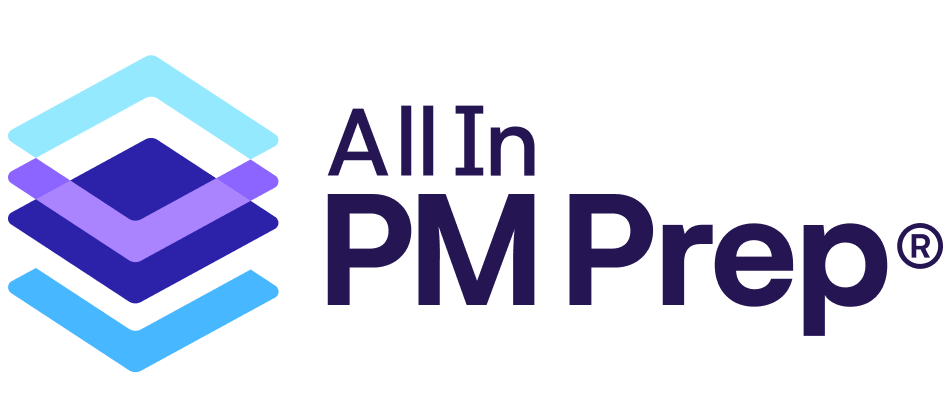The Grocery Store Trip and Scope Creep: A Lesson in Project Management
Sep 3
/
Scott Payne

The Story: From Milk to $200
It always starts simple.
Your spouse says, “We’re out of milk.” That’s it — just milk. A quick five-minute trip to the store.
But once you’re inside, temptation strikes.
- Fresh bread from the bakery smells too good to pass up.
- Bananas are on sale, and the kids could use more fruit.
- Ice cream is half-off.
- There’s a new brand of chips you’ve never tried.
By the time you hit checkout, you’ve spent $200… and somehow forgot the milk.
That, my friends, is scope creep in action.
What Is Scope Creep?
In project management, scope creep happens when a project expands beyond its original plan — usually one small addition at a time.
- The project starts with a clear objective (just buy milk).
- Extra features or deliverables sneak in without proper evaluation (bread, bananas, ice cream).
- Over time, the project drifts, costs rise, deadlines slip, and focus is lost.
Unlike the grocery store — where the worst outcome is a higher bill — scope creep in projects can mean blown budgets, missed deadlines, unhappy stakeholders, and exhausted teams.
Breaking It Down with PMP Concepts
1. Scope Baseline
At kickoff, you define what’s in scope and what’s not. That’s your shopping list. Milk only.
2. Scope Creep
This happens when items are added without change control. It feels harmless in the moment, but the impact adds up.
3. Change Control
This is the checkout lane moment. You pause to ask:
Do we really need this?
Does it add value?
Does it fit within our constraints?
Without this discipline, every shiny object ends up in the cart.
A Real Project Example
I once worked with a team developing a training program. The original goal was simple: record five modules and roll them out on the learning platform.
But along the way:
- Someone suggested adding a podcast.
- Another wanted in-person workshops.
- A third pushed for a gamified app.
Each idea had value — just like bananas and bread have value at the store. But without structured evaluation, the project ballooned. Deadlines slipped, budgets stretched, and the core deliverable (the “milk”) arrived late.
How to Avoid Scope Creep
To keep your projects on track:
- Define Scope Clearly – Nail down the baseline at kickoff.
- Communicate Constantly – Keep the team and stakeholders aligned on what’s in scope.
- Establish Change Control – Evaluate new ideas properly before adding them.
- Focus on Value – Deliver the milk first. Add the extras only if they truly serve the customer.
Key Takeaways
- Scope creep = uncontrolled growth beyond the original plan.
- A clear scope baseline is your protection.
- Change control is essential for evaluating additions.
- Always deliver the milk before chasing the extras.
Final Thought
Scope creep isn’t about rejecting every new idea. It’s about protecting your project’s focus and integrity.
Because at the end of the day, stakeholders won’t remember the bananas or the bread. But they will notice if you forgot the milk.
Company
Pricing
Pay Invoice
Contact Us
Affiliate Registration
Refund Policy
Privacy Policy
Terms & Conditions
General
Dashboard
PMP Course
Exam Simulator
Application Genie
Live Coaching Calls
Live Call Access
Live Call Results
Study Tools
Waterfall Explorer
Waterfall Process Game
Scrum Accountability Game
Scrum Framework Game
50/50 Game
Video Library
Glossary
PDF Downloads
Bonus Agile Courses
Scrum Guide Deep Dive
Scrum Explained Founders
Account/Support
Account
Contact Support
Company
Pay Invoice
Contact Us
Affiliate Registration
Refund Policy
Privacy Policy
Terms & Conditions


